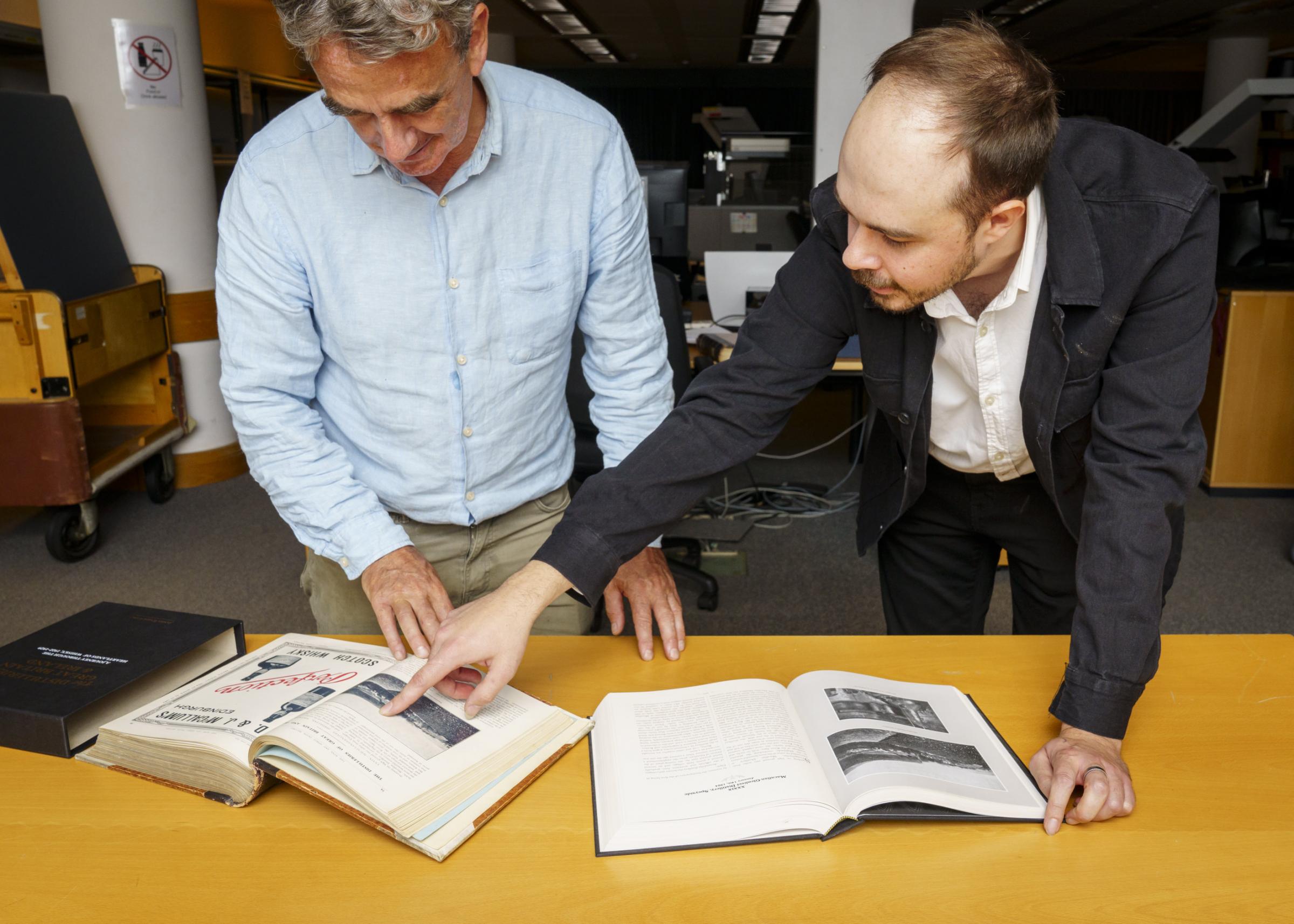
‘THE initial feeling was that what we had found was great, but we assumed it was in print because there was so much interest.” That was how Leon Kuebler reacted to finding one of the most detailed snapshots of what life was like for the Scottish whisky distilling industry in the 1920s.
Kuebler is operations and brand director for independent bottler James Eadie, which was refounded in 2015 by Rupert Patrick, the great-great-grandson of the company’s founder James Eadie.
“We wanted to do an investigative deep-dive into the company. Given there’s a wealth of resources in the British Library, we figured that’d be a good place to start”, Kuebler explains.
Hitting the jackpot doesn’t come close to summarising what was found. Those looking through the archive “stumbled” upon 124 articles published in trade journals which gave an insight into life at more than 100 distilleries producing Scotch and Irish whisky. From therein, the team embarked on an “Odyssean quest” to bring the book to life.
“In a nutshell, this book is very old and very new because it’s never been compiled together. It’s a compilation of all these articles and it’s as close as you’ll get to a first-hand account of the Scotch whisky distilling in the 1920s”, says Kuebler. The images within the book are also believed to be the earliest photographic records of the industry.
The book – titled The Distilleries of Great Britain and Ireland – contains profiles of 113 Scottish whisky distilleries, seven Irish whisky distilleries and four English gin distilleries, “just for the hell of it,” Kuebler adds, laughing. “One of the best things about it is that there’s so much information, the book itself is 600 pages long.”
“All these could have been written by one person but it could also have been more. Everything was published anonymously in trade journals.”
TAKING such a deep dive into the archives naturally means Kuebler can’t remember everything, but there was one moment in particular which stuck out when he realised they were really onto something.
“I remember reading about Hazelburn, which used to be the largest distillery in Campbeltown – the whisky capital of the world. Within the industry, it’s a place with this mystic aura about it”, Kuebler says. He continues, “As I understood it, the general view was that this was a region that was quite old-fashioned and hadn’t changed much but then we found some information about the distillery undergoing what the journal described as ‘revolutionary changes’”. The article in question was written in December 1922 and within a few years Hazelburn, along with nine of the other 12 distilleries in the town, had closed. “What we’re reading is effectively the last will and testament of this distillery,” says Kuebler.
The book forms part of a historical chain in which we are able to reflect on one of Scotland’s most important economic and cultural products. “These articles were written at the halfway point between Scotch whisky distilling becoming predominantly legal and the present day. You’re seeing how they assessed the last 100 years and now we’re doing the same,” says Kuebler. In 1823, around a century before most of the discovered articles were published, the Excise Act came into play.
TOM Bruce-Gardyne, a whisky expert who wrote the book’s introduction, explains this was a crucial turning point for the industry: “This act basically allowed distillers to come in from the cold. Before that, they were all almost entirely illicit because the tax has pushed them into that. By simplifying the system and charging people £10 to run a still, it became more viable and effectively gave birth to the Scotch whisky industry.”
Gardyne admits that he didn’t quite realise how important the book was before being tasked with writing the introduction: “Trying to set everything in the context was fascinating but I honestly didn’t realise what an important book it was, and what a great primary source distilleries can be.” He added that what was particularly striking was that many of these manufacturers were “at the heart of the community”.
“They were huge employers, but it also provided housing, schooling and sometimes even the church”, Gardyne says. Kuebler adds that one of the profiles contains a distillery with a football team as well as one which had a dog as a member of staff.
Now the book is published, Kuebler can take a bit of time to reflect on what the company have achieved by collating all this information. “Doing this was a real dive into the unknown, but we felt it was important”, he says. Had they not come across all this in the archives, then a crucial period in not just the industry but the nation could have been lost to time. Let’s just hope it’s not another 100 years before the distilleries of today have their stories told.







